Using the same approach as in previous versions with Machine Learning and Artificial Intelligence technologies, Microsoft will begin the gradual and very slow rollout on Windows 11 on Oct. 5. Initially, the deployment will start with newer devices that meet the minimum hardware requirements and have a good upgrade experience. Also, on this day, retailers and computer companies (Dell, HP, ASUS, Acer, etc.) will begin shipping many of their new laptops and desktops with Windows 11 pre-installed.
If your existing Windows 10 PC is running Windows 10 20H1 or later and meets the minimum hardware specificationsit will be able to upgrade to Windows 11. The upgrade rollout plan is still being finalized, but for most devices already in use today, we expect it to be ready sometime in early 2022. Not all Windows 10 PCs that are eligible to upgrade will be offered to upgrade at the same time. To see if your PC is eligible to upgrade, refer to our knowledge base for a list of tested systems. Once the upgrade rollout has started, you can check if it is ready for your device by going to Settings/Windows Updates.
Similar to how end users are notified when updates are available in Windows 10, end users will see an indication in the notification areas of the taskbar in the bottom right, that the upgrade is available. More information on how that is presented will be available at a later date. Additional desktop notification options may be also be added at a later date.
Warren noted that he rarely used the Widgets panel or Microsoft Teams, citing that he preferred the weather display that later versions of Windows 10 offered, and didn't use Teams to communicate with his friends and family. He also acknowledged the expansion of Microsoft Store to include more "traditional" desktop applications. Overall, he concluded that "I wouldn't rush out to upgrade to Windows 11, but I also wouldn't avoid it. After all, Windows 11 still feels familiar and underneath all the UI changes, it's the same Windows we've had for decades." Cunningham concluded that "as I've dug into and learned its ins and outs for this review, I've warmed to it more", but argued that the OS was facing similar "public perception" issues to Windows Vista and Windows 8.
Perhaps the most important thing to know about the release of Windows 11 is that we should expect it to change significantly over the next few years. I've been using beta versions of Windows 11 for a month in the lead-up to writing this review, and it seems like every few days there's a minor new feature or redesigned app to check out. We may not see that feature fully realized in Windows until next year. Original equipment manufacturers can still ship computers without a TPM 2.0 coprocessor upon Microsoft's approval.
Some third-party software may refuse to run on unsupported configurations of Windows 11. As part of the minimum system requirements, Windows 11 only runs on devices with a Trusted Platform Module 2.0 security coprocessor. According to Microsoft, the TPM 2.0 coprocessor is a "critical building block" for protection against firmware and hardware attacks. In addition, Microsoft now requires devices with Windows 11 to include virtualization-based security , hypervisor-protected code integrity , and Secure Boot built-in and enabled by default.
The operating system also features hardware-enforced stack protection for supported Intel and AMD processors for protection against zero-day exploits. Internet Explorer has been replaced by the Chromium-based Microsoft Edge as the default web browser, and Microsoft Teams is integrated into the Windows shell. Microsoft also announced plans to allow more flexibility in software that can be distributed via Microsoft Store, and to support Android apps on Windows 11 . It's not imperative that you upgrade your system to Windows in the next couple of weeks, or even months. According to Microsoft's own lifecycle website, Windows 10 Home, Pro and Enterprise editions will continue to be supported by Microsoft until October 2025; your device will get essential security updates for another four years. For many people, that's about the time to upgrade to a newer device, one that will come with Windows 11 already installed.
Microsoft does not recommend downloading Windows 11 on PCs that do not meet its standards, such as minimum 4GB of RAM, 64GB storage, TPM chips, and supported processors. Windows 11 will not come as an automatic update for unsupported devices, but users will be able to download it off the web. Microsoft has an app called PC Health Check, which can be used to determine if a PC is ready for Windows 11. Some PCs also have TPM chips installed but disabled and you can turn them on by going into your BIOS settings.
Windows 11 is now available as a free upgrade for computers already running Windows 10 that meet the minimum system requirements, and it is also available pre-installed on many branded devices. However, the rollout will be phased and controlled to provide a good upgrade experience, which means that it'll take months before the new version reaches every device. A redesigned user interface is present frequently throughout the operating system, building upon Fluent Design System; translucency, shadows, a new color palette, and rounded geometry are prevalent throughout the UI.
In October 2019, Microsoft announced "Windows 10X", a future edition of Windows 10 designed exclusively for dual-touchscreen devices such as the then-upcoming Surface Neo. Legacy Windows applications would also be required to run in "containers" to ensure performance and power optimization. Microsoft stated that it planned to release Windows 10X devices by the end of 2020. Citing security considerations, the system requirements for Windows 11 were increased over Windows 10. While the OS can be installed on unsupported processors, Microsoft does not guarantee the availability of updates. Windows 11 also drops support for 32-bit x86 CPUs and devices which use BIOS firmware.
If the Microsoft Surface family of products isn't your style though, other brands like Dell, Asus and HP have all released pages online that specify what devices are Windows 11 ready. Note that many won't come with the new operating system installed, but as they all meet the minimum system requirements, you can simply buy the laptop or 2-in-1 as normal and then update it yourself. To be eligible to upgrade to Windows 11, you'll need to meet the minimum hardware requirements for Windows 11.
Microsoft has confirmed you'll need at least a 64-bit CPU, 4GB of RAM, and 64GB of storage. Windows 11 will be delivered using the existing Windows Update app – as if it was a quarterly update to Windows 10. Also has anyone here performed the upgrade on an acer laptop and if so any problems using the " update to Win 11 using Microsoft windows update?" method? Although of course I have no idea if just using the windows update method would help any with this to begin with. Windows 11, the next version of Microsoft's desktop OS, is here!
Redesigned from the ground up, Windows 11brings modern aesthetics and new features to an aging platform. If your PC meets the minimum requirements then you'll have the option to manually update to Windows 11 today, or you could wait for the update to arrive on your system . Of course, those wanting to upgrade right away will always have the manual method of downloading an official ISO or installer file that will upgrade your Windows 10 copy for free on day one . Also, those registered for the Windows Insider program can grab the upcoming beta, with some builds working on PCs that do not meet Windows 11's minimum requirements.
The first Windows 11 Insider build is slated for release later this week. There are a few risks that come along with not updating to Windows 11, these include losing out on the latest features, security updates, patches, and compatibility with upcoming security features and applications. Many games that use Anti-cheat tools also have started relying on Windows 11 security features to provide fair gameplay.
While these games still work on Windows 10, it is only a matter of time before Windows 11 ends up becoming a requirement. You can refer to our knowledge base for a list of tested systems to determine if your device eligible to upgrade to Windows -11. Many PCs that are less than four years old will be able to upgrade to Windows 11. They must be running 20H1 or later version of Windows 10 and meet the minimum hardware requirements to receive the Windows 11 upgrade. If you haven't seen it through Windows Update yet, you can still get the final build through the Beta and Release Preview channels of the Windows Insider Program, as long as you have a compatible PC. The Dev channel is already running rs_prerelease builds to test out new features, so be careful with that.
If you enroll in the Dev channel, you'll have to do a clean installation of Windows 11 to roll back. And of course, you can also get it on a bunch of new laptops and desktops like the Surface Laptop Studio and Surface Pro 8. Microsoft clarified its minimum system requirements for Windows 11 last week, but also revealed a workaround for those who don't meet them. You can install Windows 11 on any hardware using an ISO method, as long as the PC has a 64-bit 1GHz processor with two or more cores, 4GB of RAM, 64GB of storage, and a TPM 1.2 chip. But if you use the workaround, your PC will be in an unsupported state. This means an unsupported Windows 11 PC might not get access to Windows Update, and even security patches.
Microsoft continues to test new features and improvements after Windows 11 was released. It only tests the latest version of Windows with members who participate in the Windows Insider Program in the Dev, Beta and Release Preview channels. The Beta and Release Preview channels offer admins and users a sneak peek at the end of the month of non-security updates that will arrive in the Patch Tuesday update, which falls on the second Tuesday of every month. Microsoft's Windows 11 launch news has been something of a mixed bag.
Windows 11 Upgrade Free Until On one hand, the latest version of Windows looks promising with big improvements to its UI and under the hood enhancements said to deliver 40 percent better performance. On the other hand, there has been a lot of confusion and disappointment among some users with relatively new machines who don't appear to be eligible to upgrade at all due to strict new requirements. If you opt to wait for the official Windows 11 rollout, you can upgrade your PC the traditional way. Microsoft allows you to download the files via the Windows update feature. You simply click the install updates button in Windows 7 or check the updates button in Windows 10, and you will get a new OS. Windows 11 is the first version update to the most widely used PC operating system in the world in more than five years.
Windows 11 is a free upgrade, but the minimum system requirements are quite a bit higher than ever before. Microsoft calls Windows 11 the most secure Windows yet, and that tag comes at the cost of backward compatibility. Trusted Platform Module 2.0, aka TPM 2.0, is one of those requirements. There are ways to manually install Windows 11 on incompatible systems, but those include giving up on official future updates via Windows Update and/or modifying the Windows 11 ISO file to remove security checks.
If you have a computer with unsupported hardware, you should not try to upgrade to Windows 11. Although there are workarounds to bypass the TPM 2.0 and other checks, if you manage to install version 21H2, the device will state in an unsupported state. According to Microsoft, devices are likely to experience more crashes, you won't get the support of any kind, and updates are not guaranteed. Microsoft unveiled its upcoming operating system last week and things started to get confusing right from the get-go. The company released a program, the PC Health Check tool, that reveals if a device is compatible with Windows 11. Many devices that users tested were not compatible because if stricter processor and TPM requirements.
On the day 24 June, Microsoft unveiled the next OS generation Windows 11, which comes with an overhaul new UI, Start Menu arrangements and solid security requirements of a TPM 2.0 chip and UEFI secure boot. The overall security improvement in Windows 11 is optimistically estimated to be a 40% increase than Windows 10! Microsoft hopes that all the modern computers and laptops get the Windows 11 free upgrade from Windows 10 since they meet the minimum system requirements as below.
There is also the possibility that some bugs and issues may appear on Windows 11 at release. Waiting to roll out free upgrades would give Microsoft the time to address any problems before rolling out the free upgrade. The computing giant did something similar in 2018 when it delayed its October update by a month after some users who installed the update reported losing files. At least 16GB of RAM The basic system requirements of Windows 11 differ significantly from Windows 10. Windows 11 only supports 64-bit systems such as those using an x86-64 or ARM64 processor; IA-32 processors are no longer supported. Thus, Windows 11 is the first ever consumer version of Windows not to support 32-bit processors and 16-bit software .
The minimum RAM and storage requirements were also increased; Windows 11 now requires at least 4GB of RAM and 64GB of storage. The compatibility list includes the Intel Core i7-7820HQ, a seventh-generation processor used by the Surface Studio 2, although only on devices that shipped with DCH-based drivers. Microsoft said the launch will be "phased and measured," with new eligible devices getting the upgrade first and the rest getting offered the free upgrade sometime between October and mid-2022. Microsoft is making sure that those who purchase a new laptop prior to Windows 11 being pre-installed by manufacturers will be able to update first. Windows 11 brings a refreshed user interface, better performance and security, and a variety of new features.
Based on my initial experience using a review version of Windows 11 for the past two days, it's a solid upgrade with some nice benefits, but not a drop-everything-and-get-this update for Windows 10 users. With the Dev channel, you gain access to the latest updates and Windows 11 features. The downloads page allows you to choose a product language before proceeding with the download. After a lot of criticism over the hardware requirements for Windows 11, the company finally relented and recently announced that users could manually install Windows 11 on their computers. While Windows 10 users might be able to take advantage of the new features on the upcoming operating system, there's a security issue with installing the update via this route. That is some super useful info, that bit about just doing a google search for the windows upgrade assistant on the Win 11 download site I will be sure to make a note of that ...
It's good to hear that you are not having problems with Win 11 at all .. That's why I'd be much more comfortable putting off the Win 11 upgrade for as long as possible to give Microsoft maximum time to be informed of and to work out the bugs in it. Microsoft is rolling out the OS in phases, so your system might not prompt you to upgrade just yet — in fact, you might not find it even if you tell your computer to check for updates.
An August blog post from Microsoft said the company expects "all eligible devices to be offered the free upgrade to Windows 11 by mid-2022." Don't want to wait until next year? Read on to find out how the Windows 11 Installation Assistant is your shortcut to Windows 11. There is a way to install Windows 11 on unsupported hardware, but we wouldn't recommend it.
Although Microsoft hasn't confirmed it, the company has heavily implied that unsupported users won't receive critical security updates. If you still want to install, you can do so using the Media Creation Tool, which bypasses hardware checks. There are many users who, after the release of Windows 11, went ahead and checked whether their PC is eligible to be upgraded with Windows 11. Sadly, they found out that their PC does not meet the minimum requirements to install Windows 11.
To put it simply, the best option here is to buy a new PC before the deadline, i.e. 2025. Windows 11 will warn you that your PC isn't up to snuff, but will otherwise let you carry on your merry way. The operating system can be purchased and users may also upgrade to Windows 11 from their Windows 10 devices, provided that these are compatible. The upgrade will be offered to "seekers" only, administrators who click on the check for updates button in Windows Updates. When you check for updates in Windows Update, it simply tells you that a feature update is available if you want it, and you can opt into taking it.
The only time Microsoft forces a Windows 10 feature update is if the one you're on is nearing the end of support, but that's not even going to happen with Windows 11. The short answer is no, Microsoft isn't going to force anyone to upgrade to Windows 11. Starting with Windows 10 version 1903, the Redmond firm stopped forcing people to install feature updates.
This came after a disastrous Windows 10 version 1809 that actually deleted some users' files. You'll need a PC that meets the minimum requirements to be supported on Windows 11. If you want to try out some workarounds for getting it installed on unsupported PCs, we've got a guide for that too. While Microsoft will let you install Windows 11 on an unsupported PC, you're putting yourself in an unsupported state, while Windows 10 is still supported for another four years.



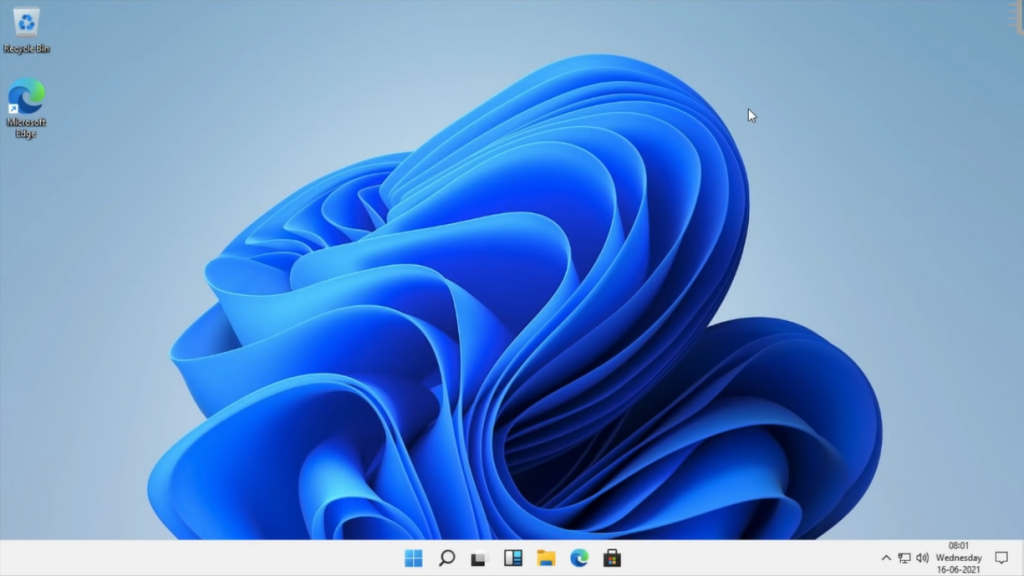












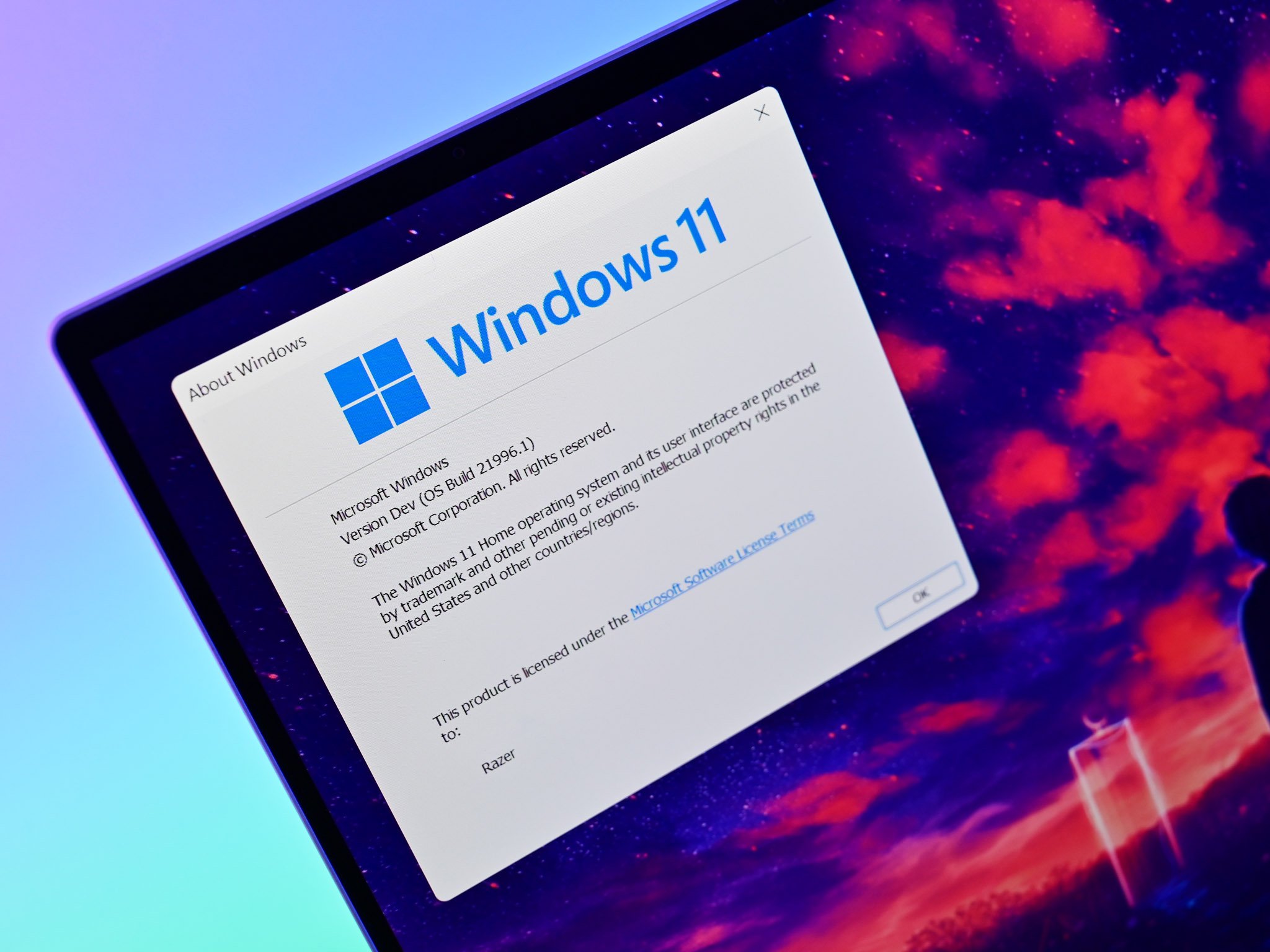
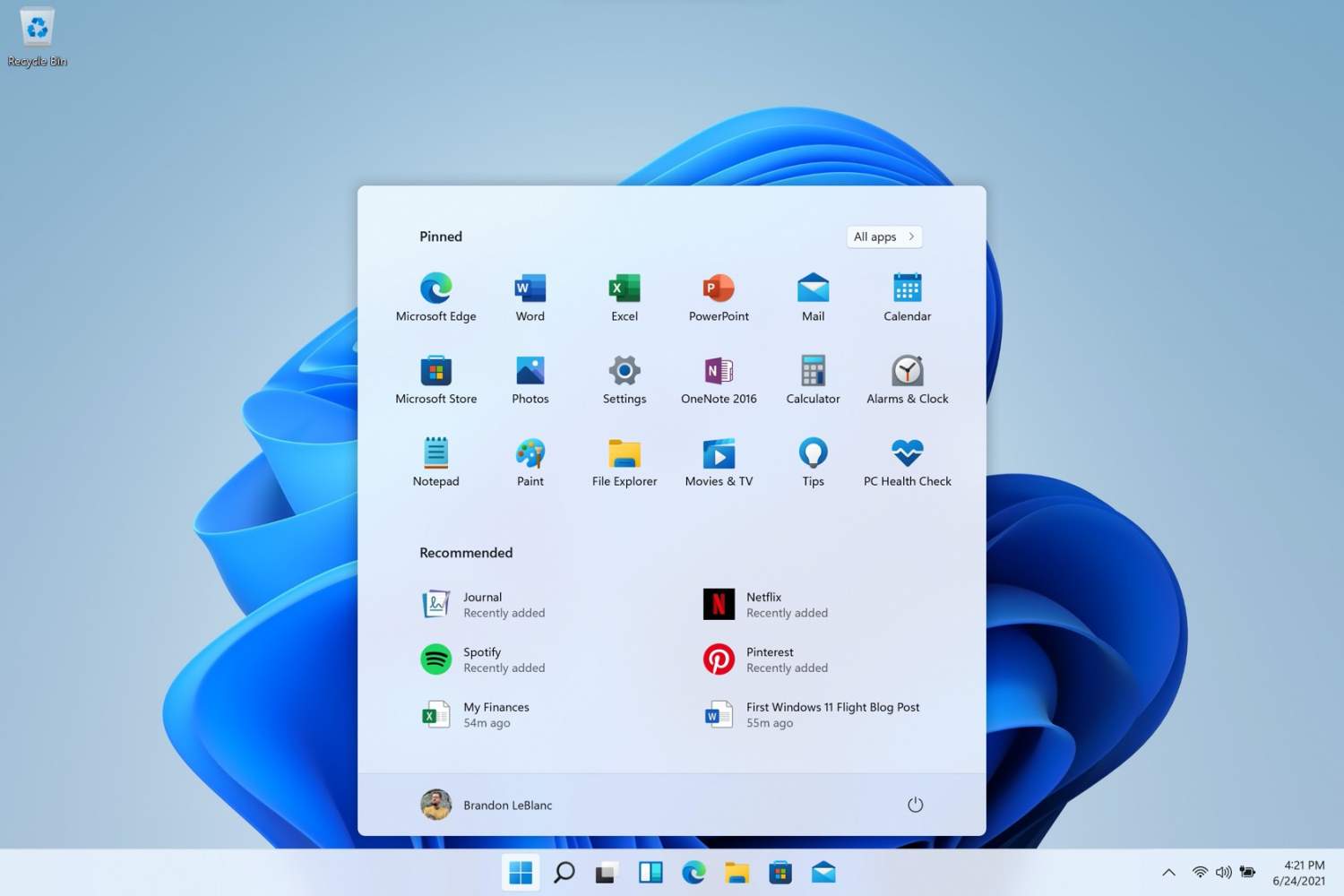
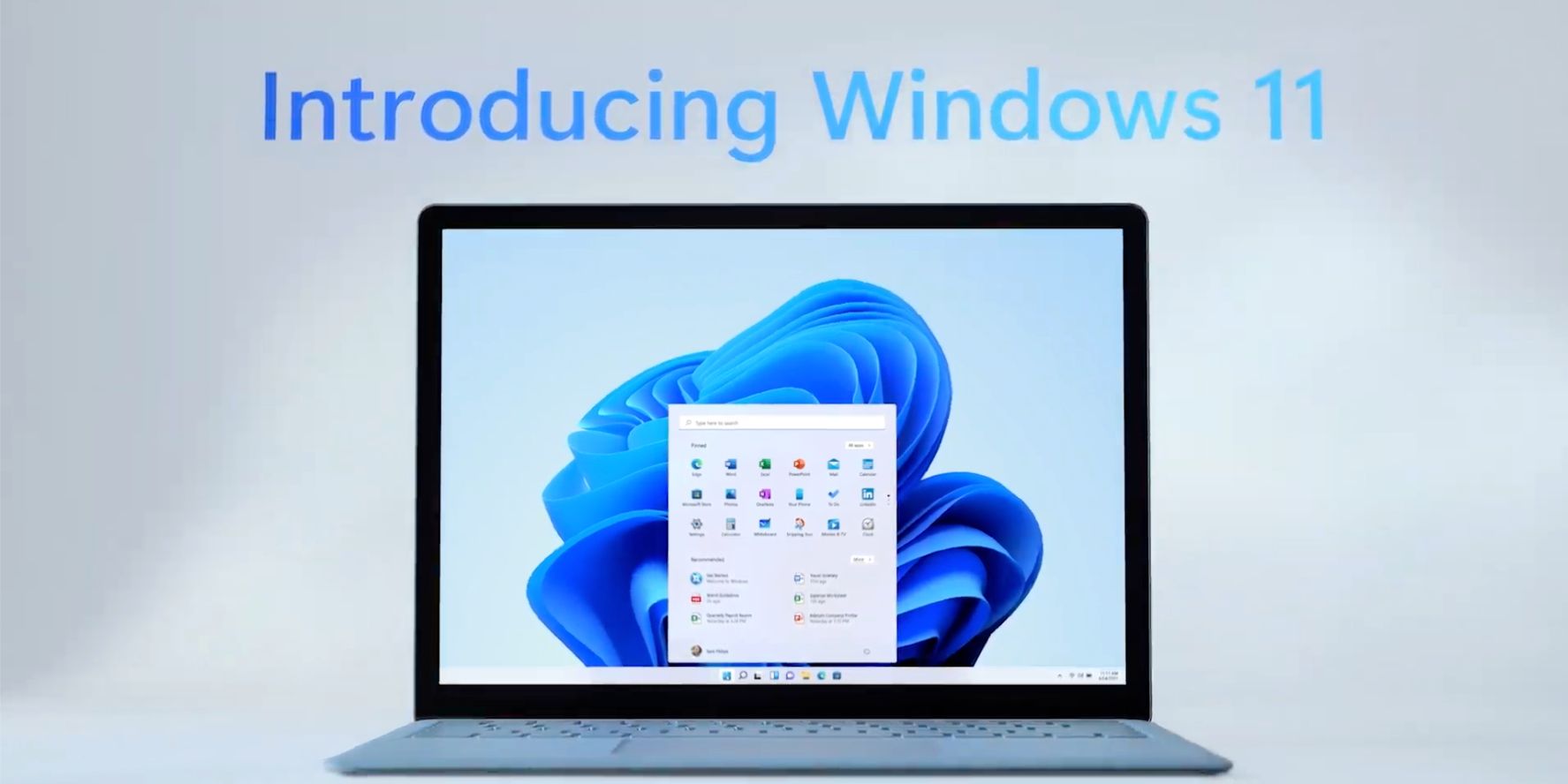
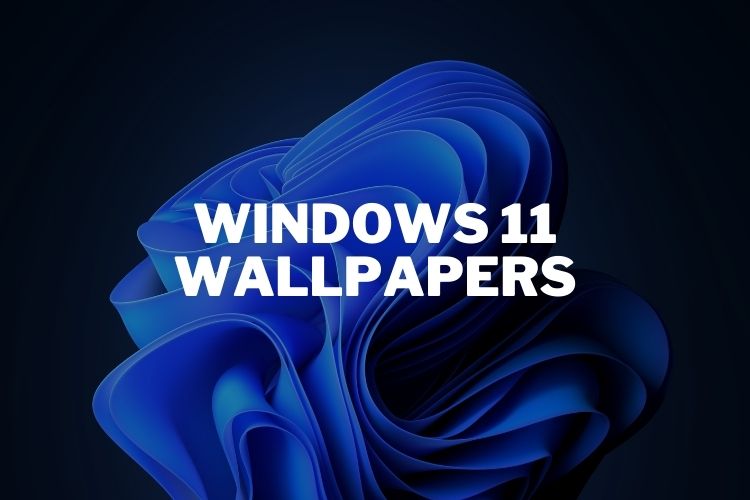



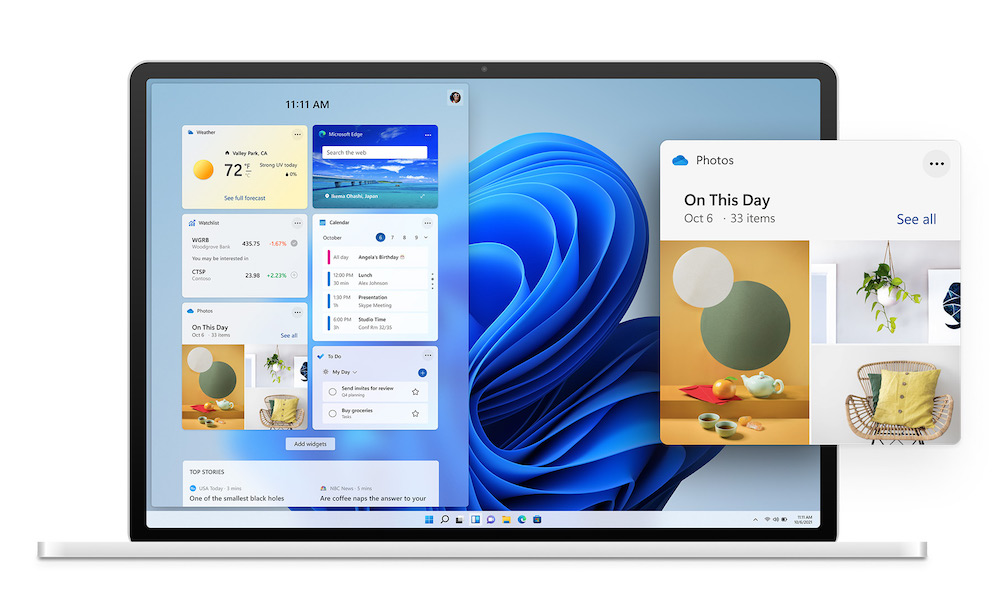
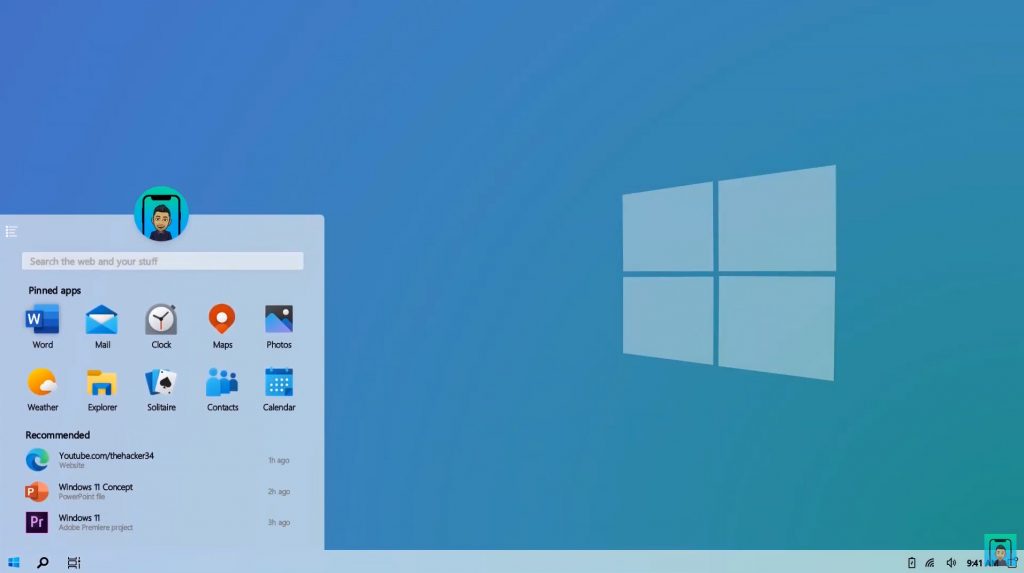


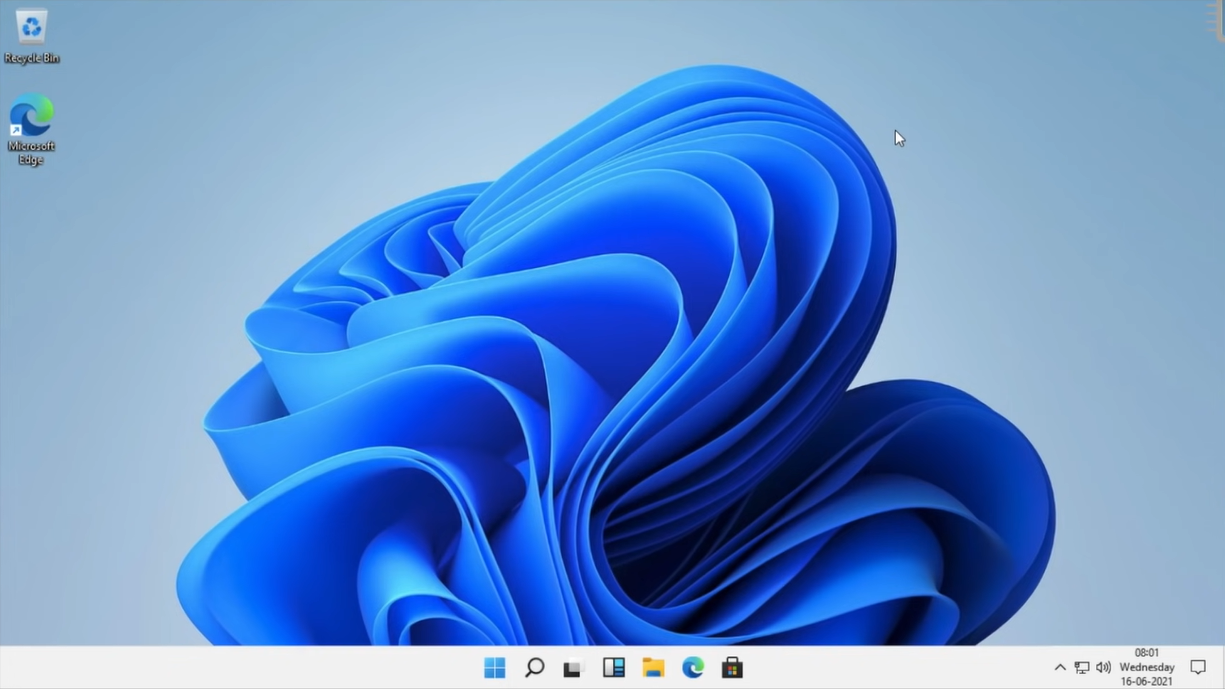


No comments:
Post a Comment
Note: Only a member of this blog may post a comment.